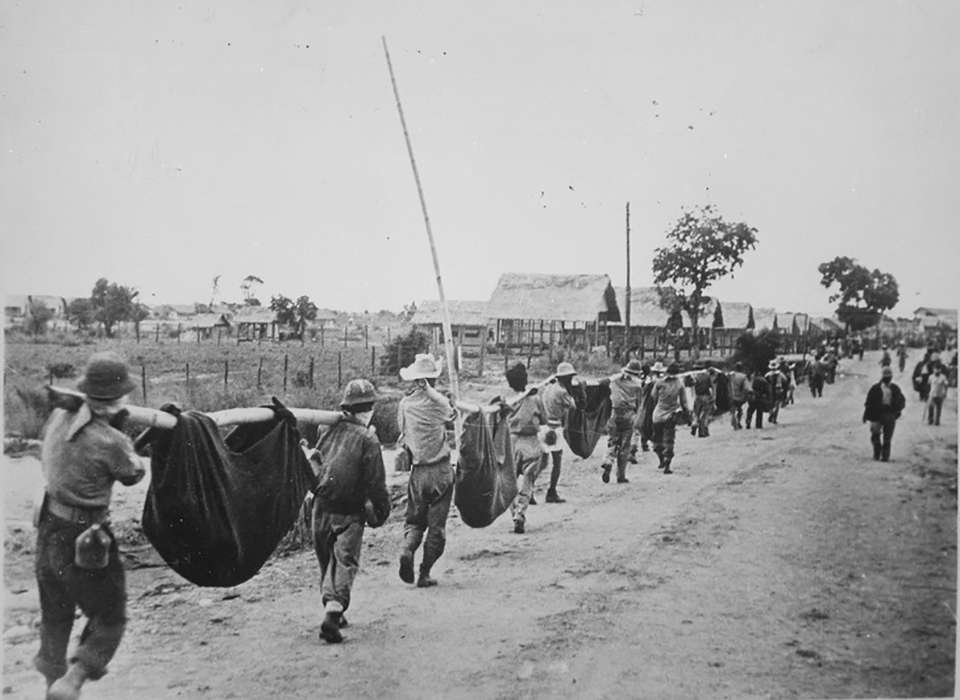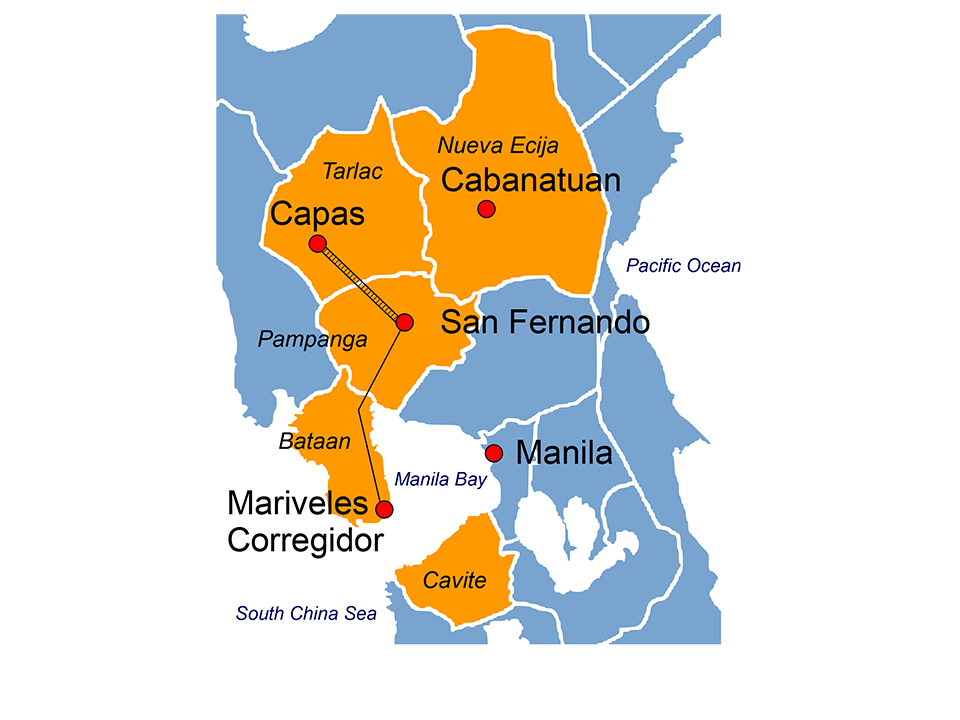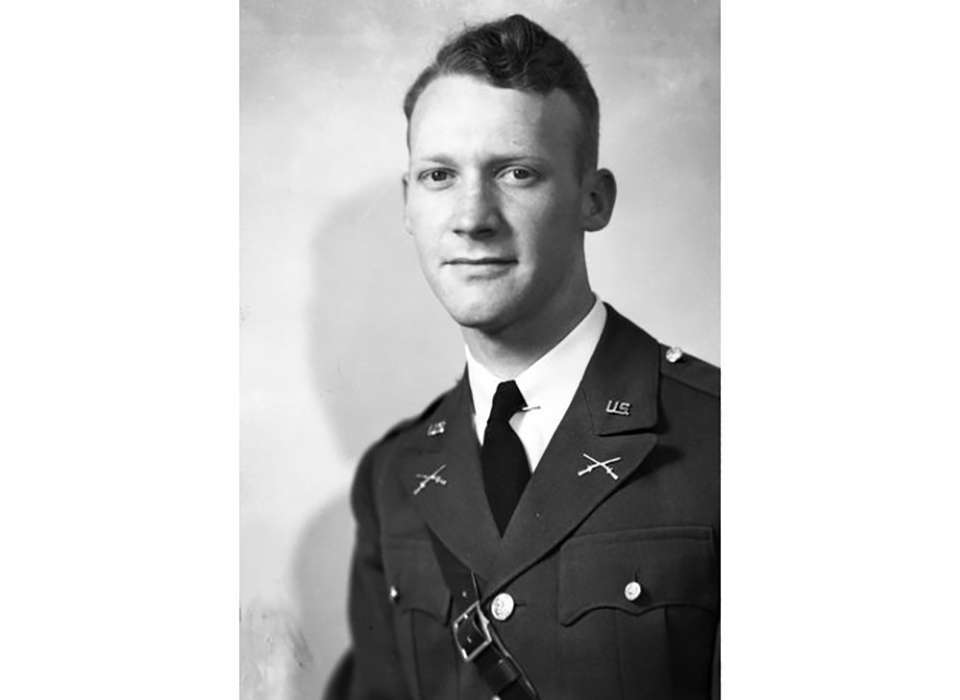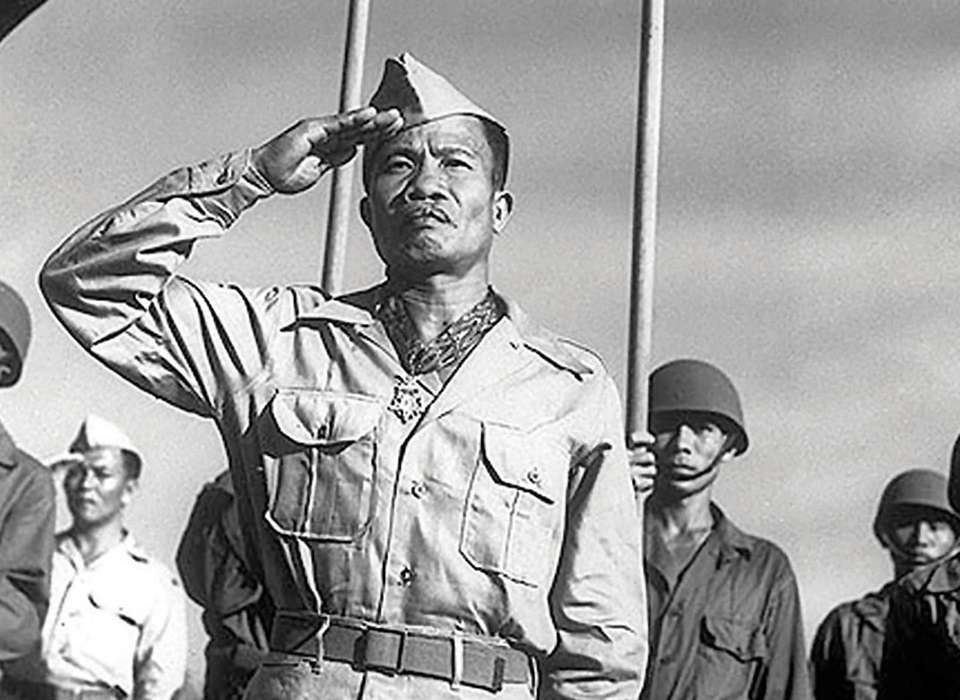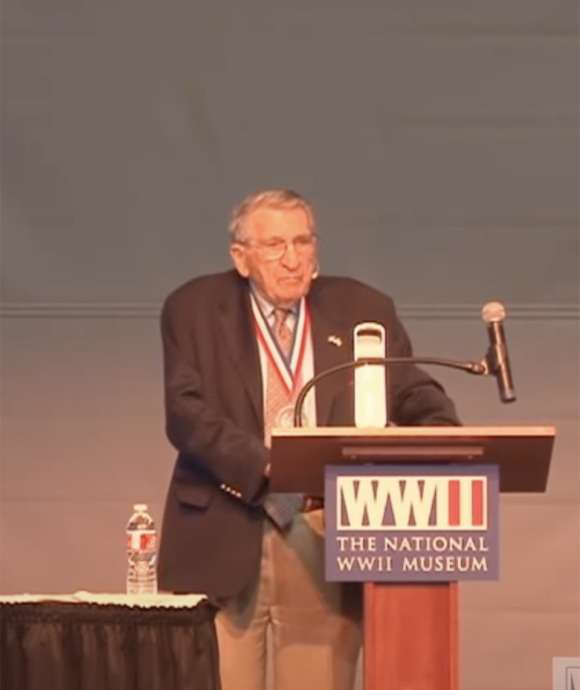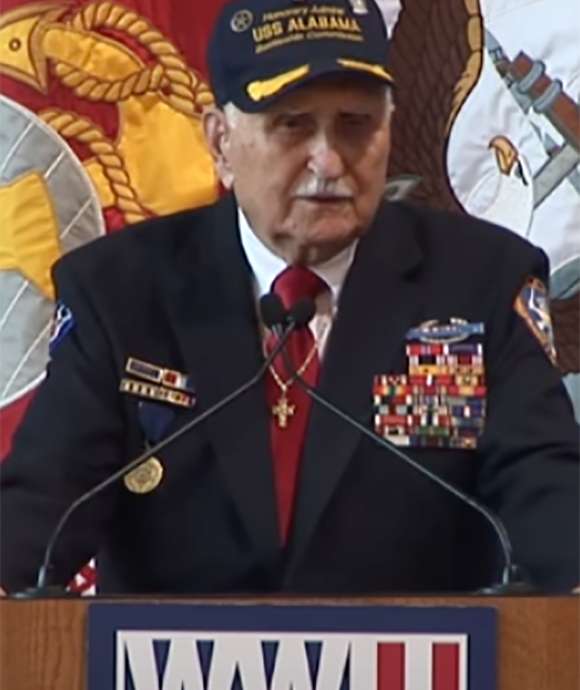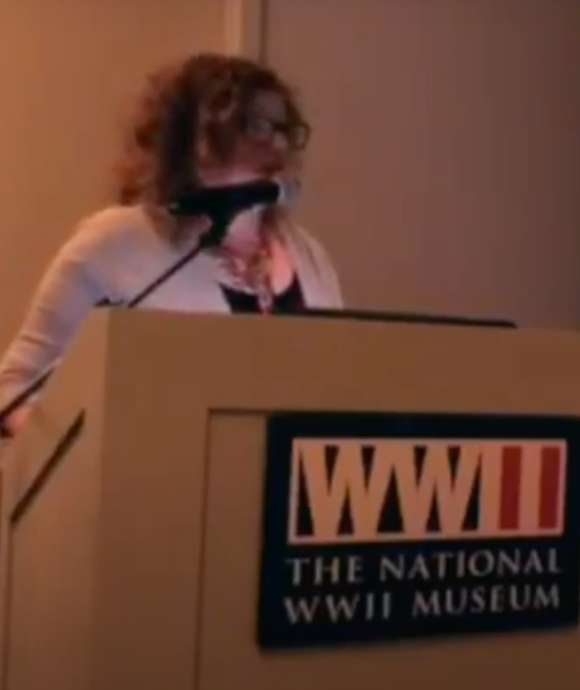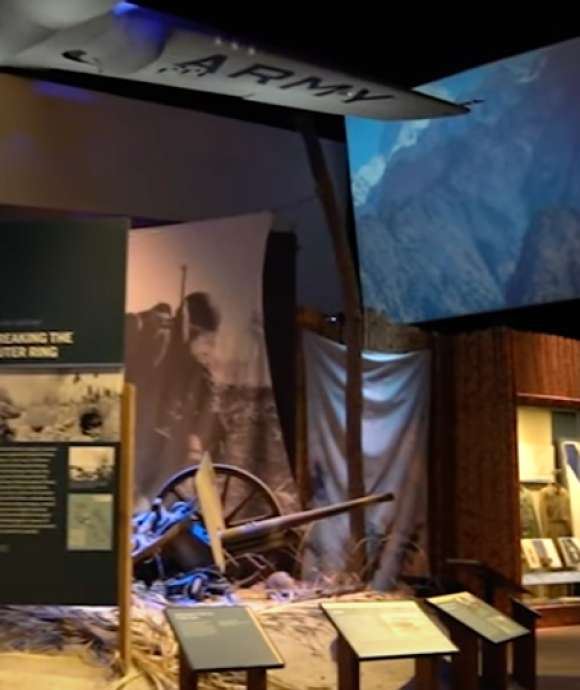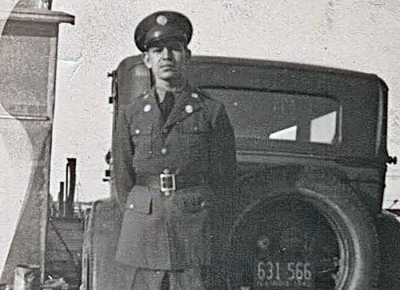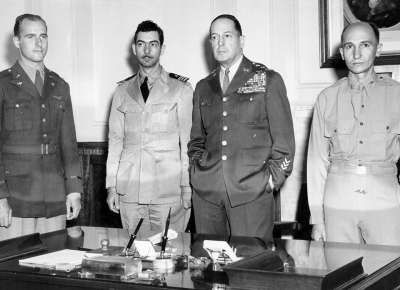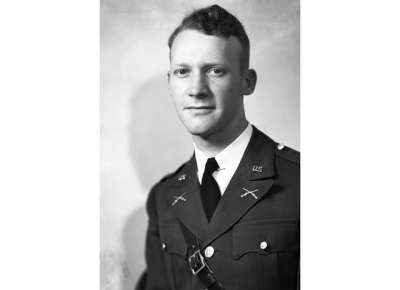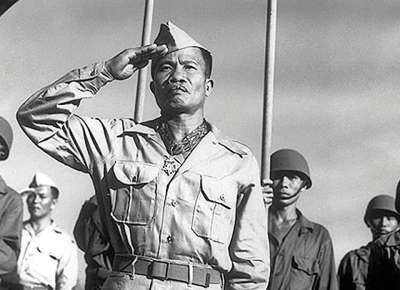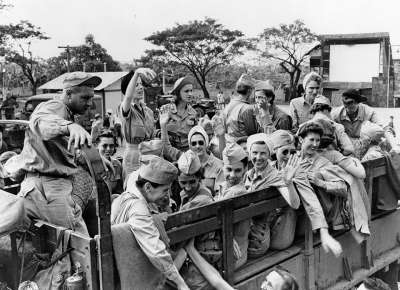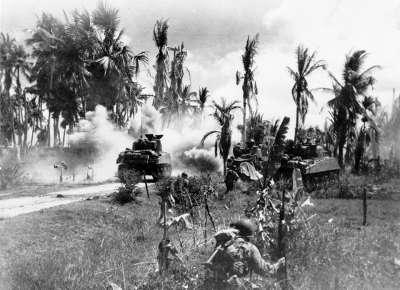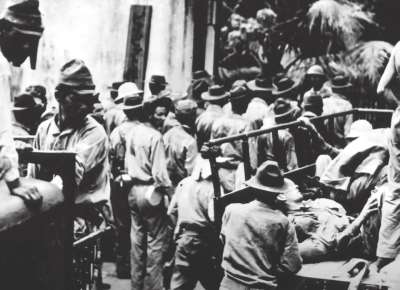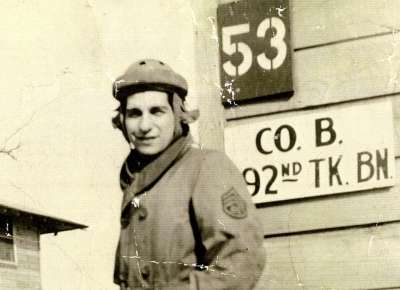Colonialization of the Philippines
The Philippines was a colonial possession of the Spanish beginning in 1521, and they remained a possession of Spain until 1898—when the United States won the Spanish-American War. Many Filipinos fought alongside with United States troops, thinking that when the war was over the United States would grant their independence. Unfortunately for the Filipinos, that is not what happened.
The United States ended up purchasing the Philippines from the Spanish as part of a settlement of the war, and then the Philippines became a colonial possession of the United States. There were Filipinos who continued to fight against the United States well into the 1900s, trying to push back and gain their independence as a free and sovereign nation. At the same time, there were other Filipinos who took advantage of some of the programs that the United States established while the Philippines were America's colonial possession.
Formation of the Philippine Scouts
One service was being able to serve in the in the United States and for the United States. For example, the Philippine Scouts were established in 1901 and gave Filipinos the opportunity to help protect and defend the Philippines and the United States in the Pacific. This also allowed Filipinos to enlist in the US Army, which was a big deal to some Filipinos who saw themselves as Americans and a part of the United States—not just a colonial possession. By 1920, the Philippine Scouts formally became a part of the US Army, which was a point of pride for a lot of Filipinos.
By 1941, before the United States formally entered the war, the Philippine Scouts went through a number of very intense trainings and were seen as a very elite, highly trained military unit. They were well respected in the Philippines and by the US Army, setting them up to play an important role in the security and the defense of the Pacific during World War II. In July 1941, the US Army Forces in the Far East (USAFFE) is created, consisting of a majority of Filipinos (about 100,000) and US soldiers (about 20,000).
World War II and the Battle of Bataan
Once the United States entered World War II following Pearl Harbor, the USAFFE were tasked to push back against the Japanese and to delay Japanese action at the mouth of Manila Bay. Their main objective was to serve as a buffer between the Japanese and the American colonial possession of the Philippines.
The USAFFE were able to hold the Japanese successfully until December 1941. After the attack on Pearl Harbor, troops were placed on half rations. These soldiers had to make these sacrifices in order for forces heading into the Pacific to have supplies. Commanding General Douglas MacArthur understood what was going on and promised the Filipinos there would be extra troops, planes, and supplies coming to help them.
Unfortunately, those promises never materialized, which left Filipinos largely defenseless in the wake of the Japanese. During the Battle of Bataan, troops suffered from disease, hunger, wounds, and deaths. By the time the Filipinos and the US troops finally surrendered on April 9, 1942, the Philippine scouts were in a very bad position.
Bataan Death March
Three months after the start of the Battle of Bataan, the Bataan Death March began, forcing 60,000-80,000 Filipino and American prisoners of war to march through the Philippines. The route was about 65 miles long and stretched from the peninsula to the railhead inland (see below).
The Bataan Death March is remembered as an absolute tragedy. The prisoners of war were forced to march through tropical conditions, enduring heat, humidity, and rain without adequate medical care. They suffered from starvation, having to sleep in the harsh conditions of the Philippines. The prisoners unable to make it through the march were beaten, killed, and sometimes beheaded. The Bataan Death March has a devastating legacy, with Filipinos suffering disproportionately compared to US troops.
Although troops surrendered in April 1942, the USAFFE was able to delay the Japanese advance into Manila for 99 days. Japan's goal was to overtake Bataan in 50 days, so the effort of the Philippine scouts and US Army was not lost.
Philippine Independence
Once Japan occupied the Philippines, they technically granted them independence from the United States in 1943. Unfortunately, this promise was not fulfilled, with the Japanese continuing to engage in brutal actions trying to round up and arrest Filipino insurgents. This led to innocent civilians, including women and children, being exposed to harsh treatment by the Japanese. The Japanese had learned how to create such an environment from their occupation policies in Manchuria. Filipino informants would help the Japanese for survival or political gain, leading to a distrustful and terrifying environment for other civilians.
However, the Liberation of the Philippines makes headway with General MacArthur returning in October 1944. The 1st US Cavalry arrives in Manila on February 3, 1945, liberating allied prisoners of war. The contributions of the Philippine Scouts and Filipino civilians, along with their bravery and courage, were instrumental in the Japanese surrender on September 2, 1945.
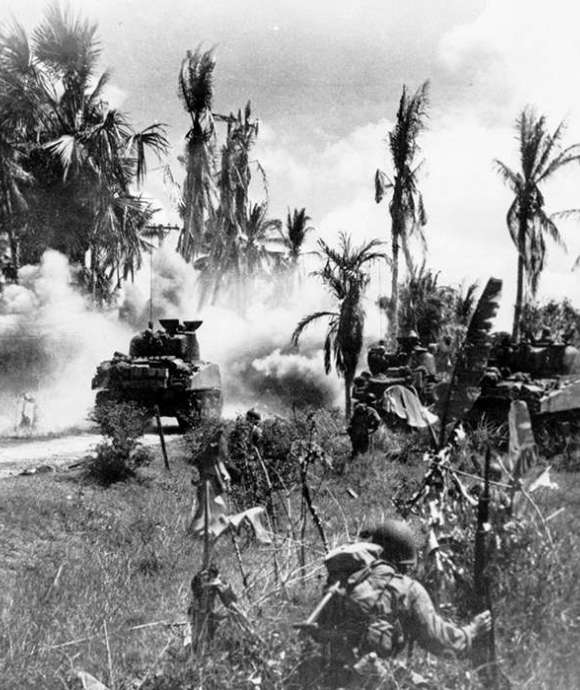
The Philippines Gain Independence
In World War II’s aftermath, July 4 also became Independence Day for the Philippines in 1946. Read more about the Liberation of Philippines.
Lieutenant Alexander R. Nininger
Lieutenant Alexander R. Nininger received the first Medal of Honor of World War II.
Sergeant Jose Calugas
Medal of Honor recipient, native son and hero of the Philippines, Jose Calugas went “beyond the call of duty” during the Battle of Bataan.
Featured Programs
-
 Learn More
Learn MoreMy Hitch in Hell by Dr. Lester Tenney
-
 Learn More
Learn MoreHell's Guest by Glenn Frazier
-
 Learn More
Learn More75th Anniversary of Bataan by Kim Guise
-
 Learn More
Learn MorePacific POW Artifacts by Curatorial
